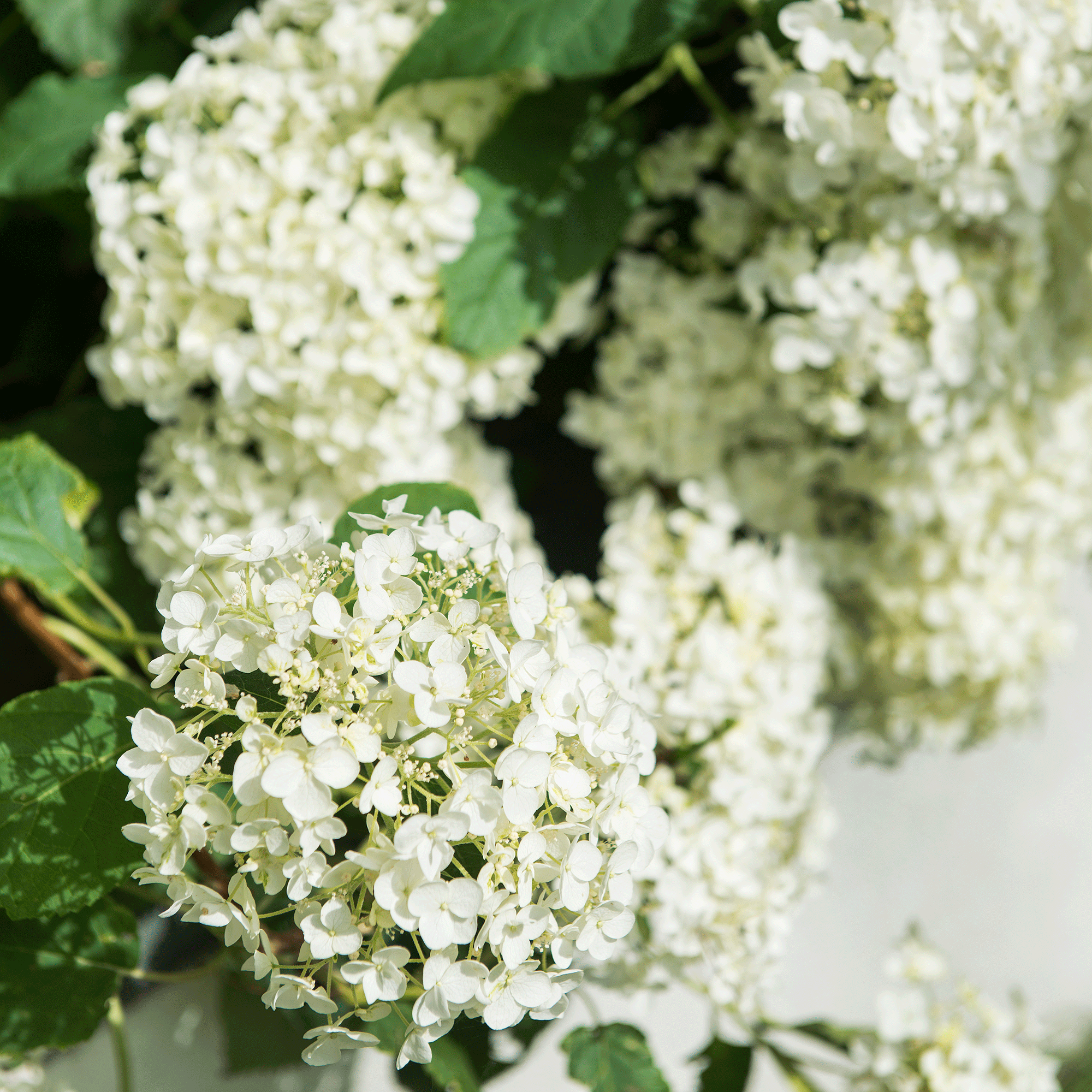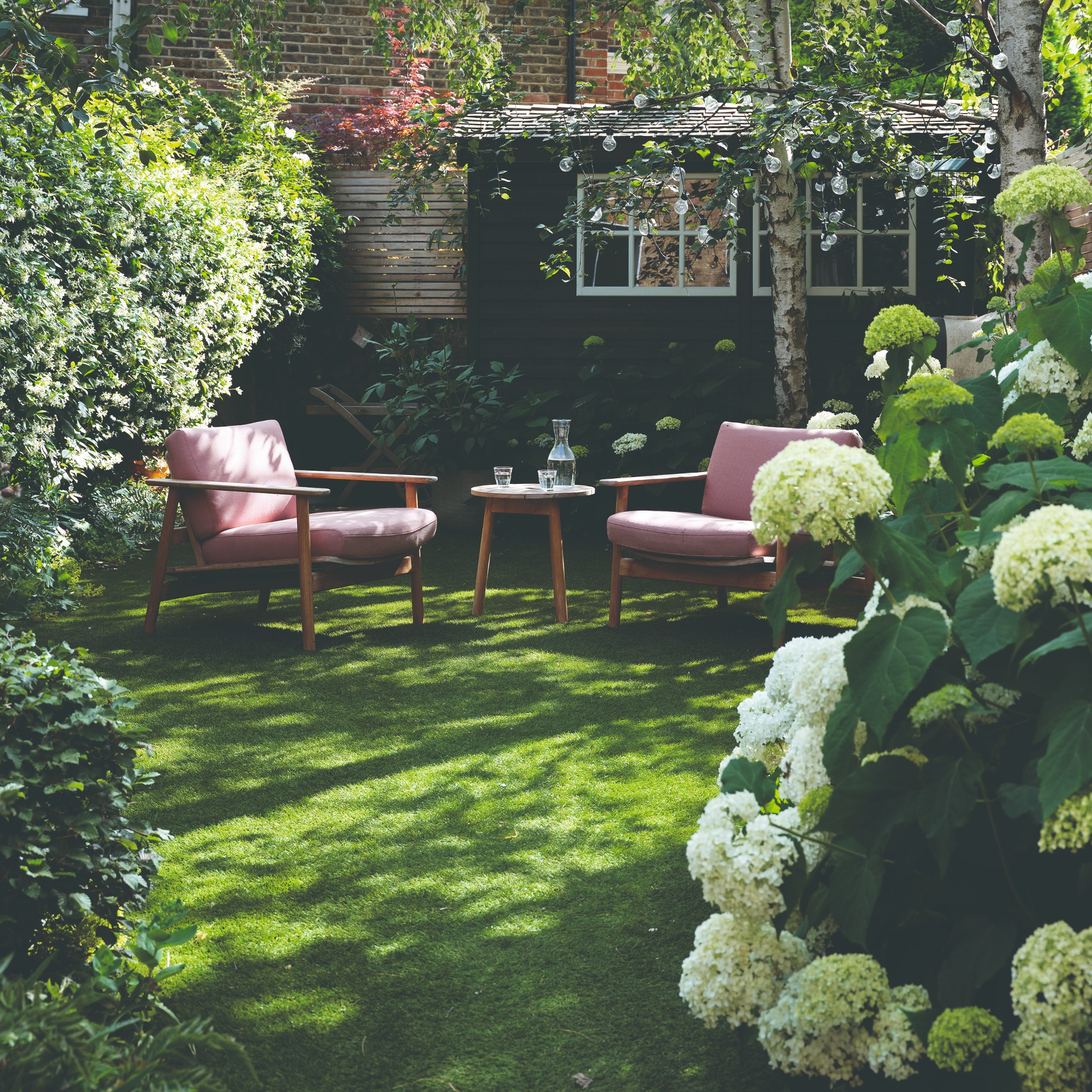When can you move hydrangeas? Experts explain how to move your beloved blooms without killing them
Timing is everything - especially if you want to avoid transplant shock


EDITOR’S NOTE: An earlier version of this article included a quote from a purported expert whose credentials we have not been able to verify. The quote has been removed. We regret this lapse in our verification process and have updated our internal protocols to reduce the risk of recurrence.
If you’re wondering when to move hydrangeas, you’re not alone. Green-fingered gardeners and novices alike regularly choose to move their plants, but there’s a real art to it. And it can very easily go wrong.
But why would you want to move your hydrangea in the first place? Well, maybe it’s getting too much or too little sun, maybe it's not flowering, or maybe you just want to try out a new garden idea. Whatever the case, you need to make sure that you’re moving your hydrangeas at the perfect time - similar to when you plant hydrangeas.
After all, moving plants is a very stressful experience for them, and one wrong move at the wrong time can result in transplant shock. That's why we decided to ask our experts for their best top tips on when to move hydrangeas, so you can keep your garden full of blooms, albeit in a different place.

The best time to move hydrangeas
‘Here in the UK, it's best to move your hydrangeas in autumn, when the plant is dormant,’ says Steve Chilton, garden expert at LeisureBench. ‘You can tell when your hydrangeas are dormant by taking a quick look at the plant - if the leaves have dropped and most of the flowers are dead, then your plant is likely to be dormant.’
Moving them while they’re still in bloom can result in your hydrangeas turning brown and potentially even dying, but that doesn’t mean that there isn’t some leeway.
Steve explains, ‘It is possible to do it at other times of the year, as long as it's not in the highest heat of summer. You generally just have to be more careful if you move it outside of the time when it's dormant.’
And if you choose to move hydrangeas in the spring, you should do this before the first blooms of the year have come out to say hello. If you attempt to move a hydrangea when it's flowering, you’ll have a very limited chance of success, and it’s highly likely that the plant won’t survive the transplant.
Sign up to our newsletter for style inspiration, real homes, project and garden advice and shopping know-how

How to move hydrangeas
Before you attempt to move hydrangeas, you first need to consider whether its new location is suitable.
While many hydrangeas can handle the full sun of a south-facing garden, they do prefer to be planted somewhere where there’s a little shade. So, opt for somewhere that offers them protection from the midday sun.
When you’ve settled on the perfect spot, you can then dig the new hole before digging up the hydrangea you want to move. To do this, use a trowel or shovel to dig around the plant in a circle. This will free up the root ball - but be warned that this may be heavy if you have a large, mature plant.
However, you also need to understand whether you should transplant in wet or dry soil, as the wrong move could potentially kill your hydrangea plant.

‘Depending on the size of the hydrangea, it can be more than a one-person job! The fibrous roots really spread, and the root ball itself can be very heavy, so make sure you have a spade and a pole to help you prize it (using the pole as a lever) from the ground,’ says Neil Miller, head gardener at Hever Castle & Gardens.
When pulling up the hydrangea, you also need to make sure that you act quickly - or be prepared to keep it safe until you’re ready to plant it.
Neil explains, ‘As soon as you have the plant raised from its original position, move it and replant it straight away in well-composted earth. Those fibrous roots will want to be protected by the moist, damp soil and won’t like the cold air. If you can’t plant it straight away, wrap it while you dig the new hole.’
When you’re ready, transplant it to its new home and backfill it with the soil and, ideally, some compost high in organic material.
As you will be planting during a notoriously wet season, you may find that you won’t have to water the hydrangea too often. However, keep an eye on the soil, as you may have to water it yourself if it is unseasonably warm and dry.

How to avoid transplant shock
When plants have found their home, they prefer not to be moved. But while it can be done, transplanting is extremely stressful for plants and can ultimately result in transplant shock.
Transplant shock will take away any chance of your hydrangea blooming again and, in severe cases, can result in the death of your plant.
To avoid this, minimise root damage and try to replicate its previous environment in its new location. So, when you dig it up, avoid cutting or digging into the root ball, and try to keep as much of the old soil around the root ball as possible.
It’s also best to avoid pruning your hydrangea if you plan to move it in the near future, as this will also cause unnecessary stress.
FAQs
What month can you move hydrangeas?
Usually, November or early December is the best time to move a hydrangea, as this is when the plant has entered into its dormant period. By this point, all of the flowers have died, and many of the leaves have fallen off.
You can also move a hydrangea in February and early spring, but you need to make sure that you complete this move before the first flowers start to bloom.
Can you repot hydrangeas in September?
Yes, you can repot hydrangeas in September. In fact, repotting your hydrangeas is good practice, as this will allow your hydrangea space to grow.
It’s important to make sure that you’re repotting hydrangeas at the right time, though. Generally, you should wait until the flowers of the hydrangea have died before you move it.

Lauren Bradbury has been the Content Editor for the House Manual section since January 2025 but worked with the team as a freelancer for a year and a half before that. She graduated with a Bachelor’s degree in English and Creative Writing from the University of Chichester in 2016. Then, she dipped her toe into the world of content writing, primarily focusing on home content. After years of agency work, she decided to take the plunge and become a full-time freelancer for online publications, including Real Homes and Ideal Home, before taking on this permanent role. Now, she spends her days searching for the best decluttering and cleaning hacks and creating handy how-to guides for homeowners and renters alike, as well as testing vacuums as part of her role as the Ideal Home Certified Expert in Training on Vacuums, having spent over 110 hours testing different vacuum models to date!